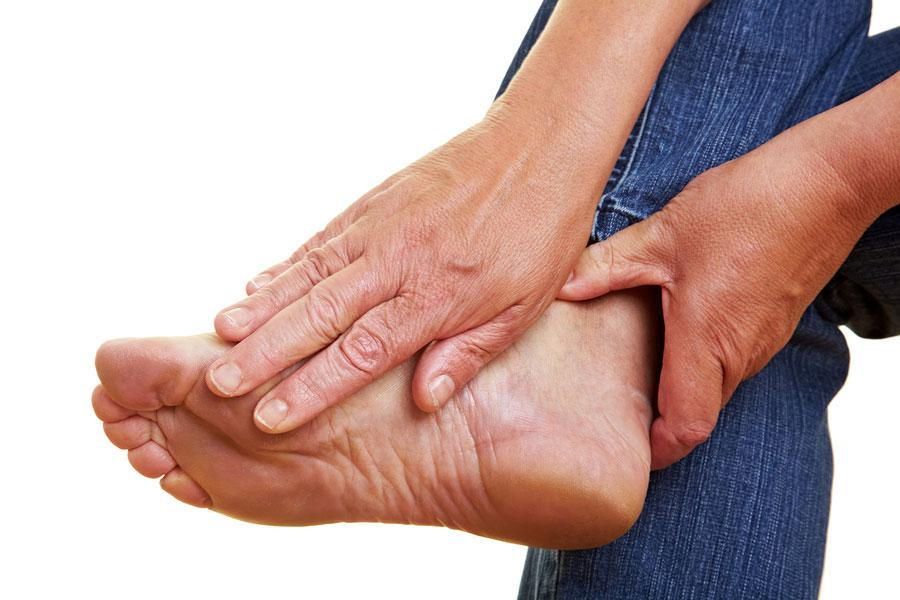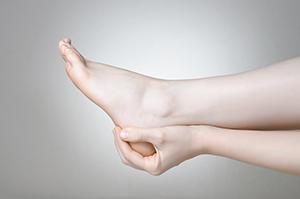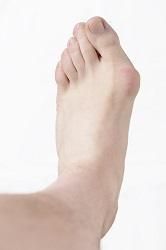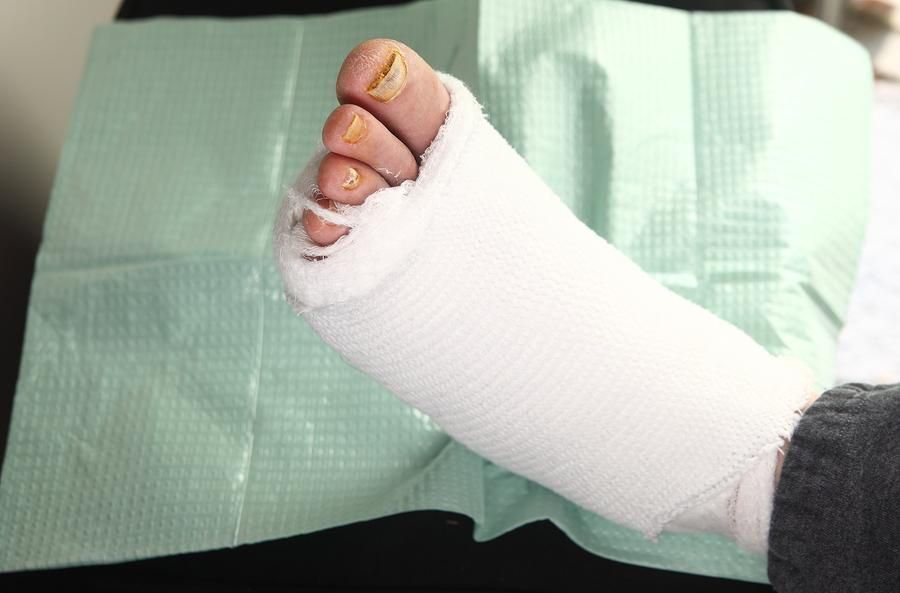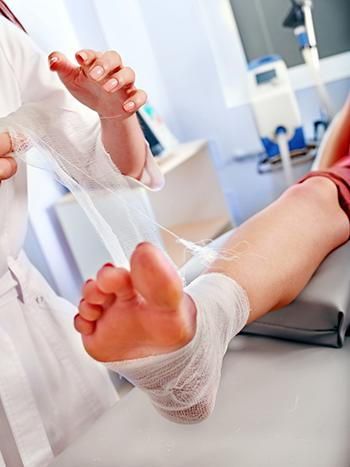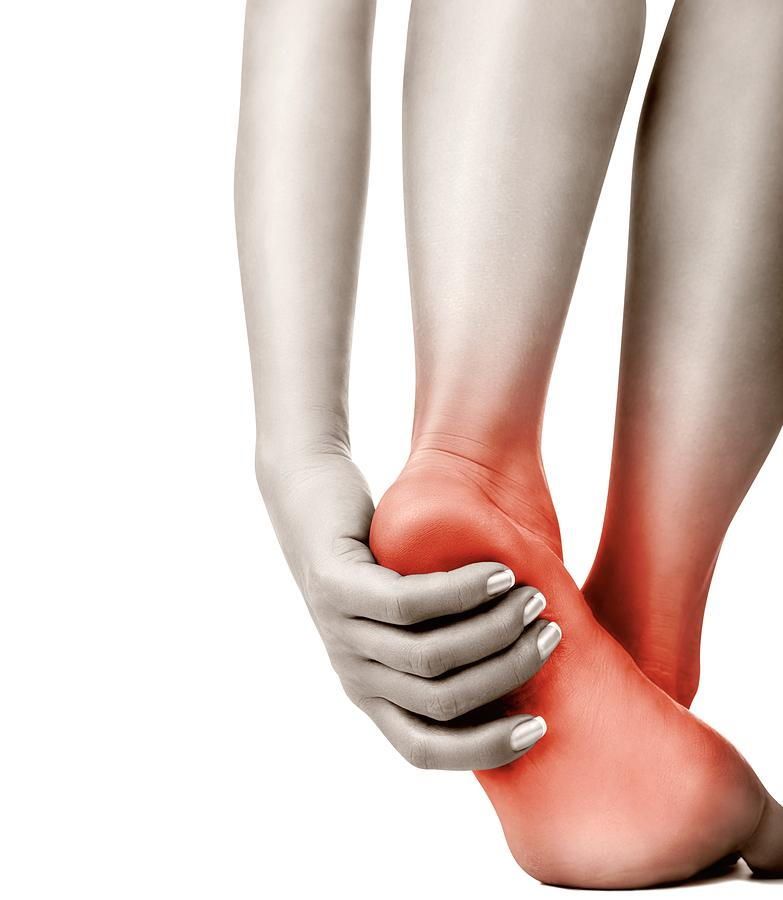November 22, 2017
Does heel pain make walking uncomfortable? Podiatrists Dr. Raymond DiPretoro Jr. and Dr. Aahba M. Suchak of Advanced Foot and Ankle heel painCenter in Glasgow, Wilmington, and Newark, DE, share common causes of the pain and explain what can be done to relieve it. Haglund's deformity Haglund's deformity, also known as retrocalcaneal bursitis, causes a swollen red bump to develop on the back of your heel. The bursa, a small, fluid-filled sac, helps your Achilles tendon glide over the bones in your ankle joint easily. You can develop Haglund's deformity if you wear shoes that rub against your heel or exercise more intensely or longer than normal. The condition often goes away if you choose shoes that don't irritate your heel. Soaking your heel in warm water, applying ice packs and taking over-the-counter pain medication can help reduce pain. If your symptoms continue, you may benefit from physical therapy, ultrasound treatment, corticosteroid injections or orthotics. Calluses Painful calluses can develop on your heel if you wear shoes that don't fit well or if one of the metatarsal bones in your foot is longer than the other. Although you can remove shallow calluses with a pumice stone, it's a good idea to schedule an appointment with our Glasgow, Wilmington, or Newark, DE office if your callus is thick or you have diabetes. If a difference in the length of your bones causes frequent calluses, you may benefit from surgery to lift and realign the longer bone. Plantar fasciitis An inflammation of the plantar fascia, a thick band of connective tissue you can feel if you press on the sole of your foot, is a common cause of heel pain. The condition is more likely to occur if you run or on your feet for long periods of time, are overweight or have an arch problem. If your pain is mild, you may notice some improvement if you stay off your feet, apply ice packs and perform a few stretching exercises. Corticosteroid injections, night splints, and heel inserts are often recommended by foot doctors to treat plantar fasciitis symptoms. In severe cases, surgery may be needed. Are you concerned about your heel pain? Schedule an appointment with Dr. Raymond DiPretoro Jr. and Dr. Aahba M. Suchak of Advanced Foot & Ankle Center in Glasgow, Wilmington, and Newark, DE, by calling (302) 355-0056.
